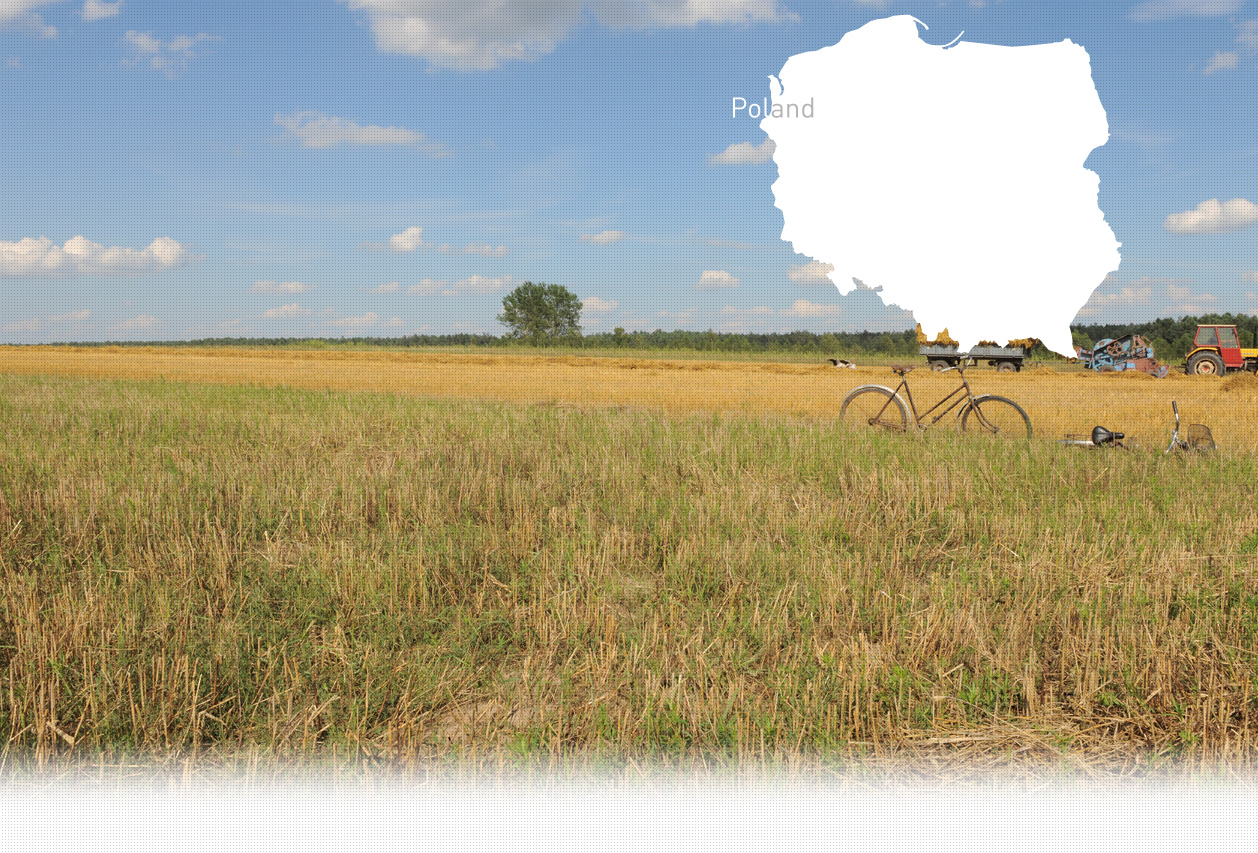

1 Killing site(s)
Jan J., born in 1930: “It was in the spring, about 10 o’clock in the morning, when the Jewish police and Germans arrived with carts and started to take the Jews out of their houses to deport them to Belzec extermination camp. The Jewish policemen supervising the Jews had black uniforms, round hats, and stars of David. The Jews could take only a few things with them. I saw the carts leaving the village. The Jews were sitting on carts in silence (…) Many Jews from surrounding villages were also deported to the Belzec camp. But some of them managed to avoid the deportation and hide. Some Jews from the village of Pawłowa hid in the nearby forest. They were hunted down and killed by the Ukrainian police and the Germans (…) The two daughters, 17 and 20, of Josio, a tailor from Cewków, escaped from Bełżec and returned to a neighbor’s house. They hid there, but a Volksdeutsche found out and came to get them, took them to the Ukrainian police post office, where they were shot. Their bodies were taken to the Jewish cemetery in Stary Dzików to be buried.” (Witness N°1366P, interviewed in Cewków, on September 16, 2022)
Cewków is a village in the administrative district of Gmina Stary Dzików, Lubaczów County, Subcarpathian Voivodeship, in southeastern Poland. It lies approximately 9 km west of Stary Dzików, 21 km northwest of Lubaczów, and 67 km east of the regional capital Rzeszów. Before the outbreak of the Second World War, it was inhabited by 2,890 people, including 1,240 Ukrainians, 50 Poles, 1,240 Roman Catholics who spoke Ukrainian and 160 Jews.
According to Yahad witness Jan J., born in 1930, there were at least 20 Jewish houses scattered around Cewków. Jews were mainly artisans, such as shoemakers and seamstresses, and merchants. Some of them owned small farms. There was a brick house of prayer in the village. The closest Jewish cemetery was in Stary Dzików, which was home to one of the largest Jewish communities in the region. Jan recalls that before the war, Jewish and non-Jewish children went to the same local school.
The persecutions of Jews started at the very beginning of the German occupation, from September 1939. According to Jan, born in 1930, Jews had to wear a distinctive sign: a Star of David on an armband. The windows of Jewish houses were marked with a Star of David as well. The Germans would cut Jews’ beards off to humiliate them on a daily basis.
In March 1942, the Germans began rounding up the Jewish residents of the village, as well as Jews from the surrounding areas. Jan recalls that the day of the deportation, the Germans and the Jewish police came to the village before noon. They started to round up the local Jews. They were put on requisitioned carts, with small bundles of their belongings, and driven out of the village. The Jewish community from Cewków and the surrounding villages was sent to the Belzec extermination camp, where they perished. Anyone who managed to avoid the deportation, stayed in hiding for some time, but were successively hunted down by Germans, the Ukrainian police and Volksdeutche, and killed in nearby fields, forests, and Jewish cemeteries.
According to Yahad witness, Jan J., born in 1930, this was the fate of five Jews from the nearby village of Pawłowa: four men and one 15-year-old Jewish girl. They were caught in hiding by local villagers and denounced to the Ukrainian policemen. Two Ukrainian policemen came to the forest, killed four Jewish men on the spot and led the girl through the forest in the direction of Cewków, beat her and probably abused her before murdering her. Her body was buried near the small path leading from the village of Cewków in the direction of the forest. The site of burial of the Jewish girl was symbolically commemorated by the local community. On All Saints Day, children from the local school bring flowers to the girl’s grave.
Do you have additional information regarding a village that you would like to share with Yahad ?
Please contact us at contact@yahadinunum.org
or by calling Yahad – In Unum at +33 (0) 1 53 20 13 17